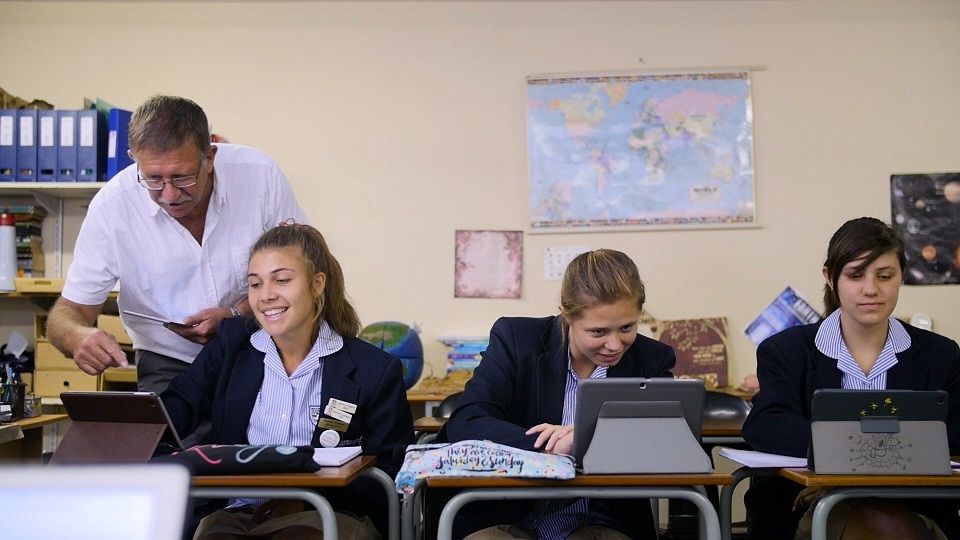
What are the drivers for increasing the use of digital learning resources?
Published
Friday, 17 February
Author
Mark Rosser
Categories
Blog
February
Share
Bett seems to be bigger and more diverse every year. To my mind, looking at it as a teacher, it’s getting too difficult to find the resources for teaching and learning among all the other stuff. There are some fantastic digital resources, but at Bett, they’re all muddled up among routers and filtering services etc, which are all useful to someone, but maybe the show should divided into two sections.
This content is restricted to BESA members
LoginNot yet a member?
Become a part of the BESA community and unlock exclusive business advantages, including:
- Trusted provider status to enhance your industry credibility
- Exclusive discounts on major exhibitions and events
- Access to vital sector insights with resources like the BESA Barometer and Compass reports
- Networking opportunities with industry leaders
- Exclusive business benefits designed to help your organisation thrive
Join now and take advantage of BESA's membership benefits to stay ahead in the industry.
Become a member